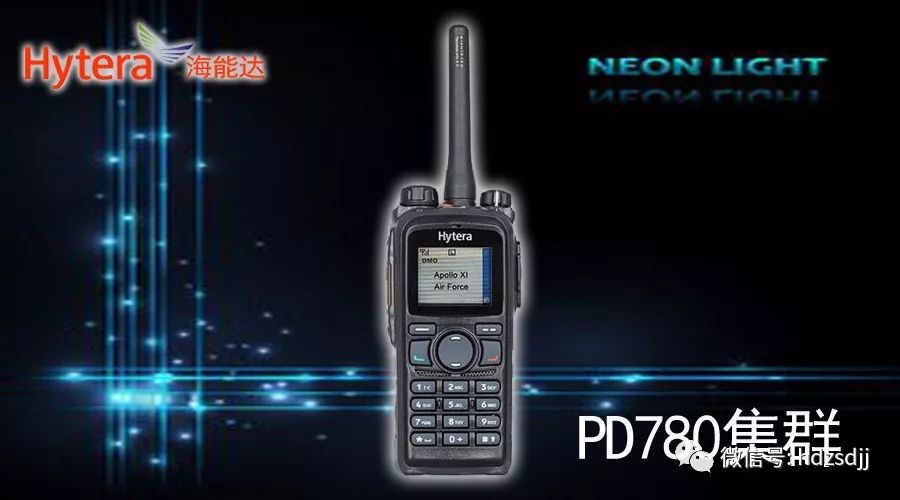The cluster is originally translated from English trunking or trunked. The original meaning of Trunk is tree, and the translation of proximity communication is relay or trunk, so it is not a new concept in the sense of relay or trunk. It can be said that since the birth of the switch, the concept of relay has arisen. However, in the two-way wireless communication, it is a matter of recent decades. Because only the rapid development of electronic components, computer technology and electronic manufacturing processes in Suizhong, the system control unit is reduced in size and the cost of equipment is reduced, and the relay function and function of the communication system can be realized. Therefore, wireless clusters and wired trunks have similarities. So what is cluster communication? Communication technology was already applied in mobile communications as early as the 1860s. At that time, the "Trunked System" was translated as "relay system", but it was afraid that the trunked relay and the Relay and Repeater relay and forwarding were mixed. Therefore, there are several in the cluster communication technology and system entering China. Old experts in mobile communication (for example, Hu Siyi, chief engineer of Guangzhou Electronic 7 Lock at the time) thought that it would be more appropriate to translate Trunked into a cluster because it has the function of collecting small groups (groups) into large groups (groups). This sets the "cluster" and has been in use ever since. In terms of the meaning of trunked, it should be that "all available channels of the system can be shared by all users of the system", that is, any user in the system wants to talk with another user in the system, as long as there is a free channel. He can use the idle channel to make calls under the control of the central console. Therefore, the trunking communication system is a dedicated mobile communication system in which a plurality of users (departments, groups) share a set of radio channels and dynamically use these channels, and is mainly used for command and dispatch communication. In fact, due to the rapid development of mobile communications, the frequency band of mobile communication has developed from a low to a high, from the original MHz band to 150MHz, 450MHz, 800MHz, 900MHz, 1.4GHz, 1.8GHz and 2GHz, and will also 4-6GHz development. In fact, microwave communication has now evolved into the millimeter wave band (ie, the first window is 38 GHz and the second window is 95 GHz). But blindly to 38GHz, and the second window reaches 95GHz, but thinking that high-band development is not the way, frequency resources are always limited, and the more developed, the more difficult the technology. In addition to opening up new frequency bands, we must find ways to reduce channel spacing and reduce coverage areas (such as cell radius). If there is a 100 kHz cableway 50 kHz interval, it is reduced to 25 kHz and 12.5 kHz, or even 6.25 kHz. The mobile coverage cell is reduced from a macro cell to a micro cell and a pico cell, and is reduced from tens of kilometers, dozens of kilometers, and several kilometers. One hundred meters, tens of meters or even several meters. Another measure in intercom trunk communication is to think of ways to improve frequency utilization. Therefore, people consider changing each private network to a network that is unified planning, unified management, shared frequency, and shared coverage area. Because each dedicated mobile communication network serves the services of each department, they establish their own base station, control center and mobile station, and use a small number of pairs of frequencies (channels) to allocate their own, and the capacity is not likely to be large. After unified planning, the base stations and wireless switches of each private network can be built and managed centrally. Each department can establish a self-use dispatching console (instruction station) and mobile subscriber stations, and users can access the network. In this way, not only the frequency and the shared coverage area can be shared, but also the time and communication services can be shared, and the spectrum can be utilized to the maximum extent.
Silent Generator Standard Specification:
Silent Genset,Sielnt Generao,Silent Type Generator,Silent Diesel Generator, soundproof generator Guangdong Superwatt Power Equipment Co., Ltd , https://www.swtgenset.com